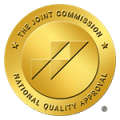Dual diagnosis is an essential aspect of addiction recovery. It recognizes that substance abuse often coexists with underlying mental health issues. Understanding and addressing both conditions simultaneously is crucial for effective treatment and long-term recovery.
Dual diagnosis requires integrated treatment that addresses both the substance use disorder and the mental health condition. Healthcare providers must identify and treat both aspects simultaneously to promote successful recovery.
We will get in-depth knowledge of it in this blog. So, let’s get started.
What Is Dual Diagnosis?
Dual diagnosis refers to the coexistence of a substance use disorder (SUD) and a mental health disorder in an individual. It occurs when someone experiences both a substance-related issue, such as drug or alcohol addiction, and a mental health condition, such as depression, anxiety, bipolar disorder, or schizophrenia.
Dual diagnosis is also known as co-occurring disorders or comorbidity. The conditions can interact and exacerbate each other, making diagnosis, treatment, and recovery more challenging. For instance, substance abuse may worsen the symptoms of a mental health disorder, while the mental health disorder may increase the risk of substance misuse as a form of self-medication.
What are the Common mental health disorders seen in dual-diagnosis cases?
Several common mental health disorders are frequently observed in dual-diagnosis cases. Some of the most prevalent mental health disorders that co-occur with substance use disorders include:
- Depression: Major depressive disorder or clinical depression is often seen in individuals with substance use disorders. Substance abuse may develop as a way to self-medicate or alleviate depressive symptoms.
- Anxiety disorders: Generalized anxiety disorder (GAD), social anxiety disorder, panic disorder, and post-traumatic stress disorder (PTSD) frequently coexist with substance use disorders. Anxiety may contribute to the development of substance abuse as individuals attempt to cope with their symptoms.
- Bipolar disorder: Also known as manic-depressive illness, bipolar disorder involves extreme shifts in mood, including manic episodes (elevated mood) and depressive episodes. Substance abuse is more prevalent among individuals with bipolar disorder, and substance use may worsen the symptoms and course of the disorder.
- Schizophrenia: Schizophrenia is a chronic mental disorder characterized by distorted thinking, hallucinations, and difficulty distinguishing between reality and imagination. Substance abuse is common among individuals with schizophrenia, and substance use can complicate the treatment and management of the disorder.
- Personality disorders: Various personality disorders, such as borderline personality disorder, antisocial personality disorder, and narcissistic personality disorder, can be present in dual-diagnosis cases. These disorders involve enduring patterns of behavior, cognition, and emotions that significantly impact an individual’s functioning and relationships.
Dual Diagnosis Treatment Approaches:
Dual-diagnosis treatment approaches aim to address both the substance use disorder and the co-occurring mental health disorder simultaneously. Integrated and comprehensive treatment strategies are typically employed to effectively manage both aspects of dual diagnosis.
Here are some common treatment approaches:
- Integrated Assessment: A thorough evaluation is conducted to assess the individual’s substance use patterns, mental health symptoms, and their interplay. This assessment helps in developing a personalized treatment plan that targets both disorders.
- Medication-Assisted Treatment (MAT): Medications may be prescribed to assist with the management of substance withdrawal, cravings, and mental health symptoms. For example, certain medications can help reduce alcohol cravings or stabilize mood in individuals with bipolar disorder.
- Individual Therapy: Psychotherapy, such as cognitive-behavioral therapy (CBT), dialectical behavior therapy (DBT), or motivational interviewing, is often utilized to address both substance use and mental health concerns. It helps individuals develop coping strategies, manage triggers, and modify negative thought patterns.
- Group Therapy: Group therapy provides a supportive environment where individuals with dual diagnoses can share their experiences, gain insights, and learn from others facing similar challenges. It also promotes social connection and a sense of belonging.
- Family Therapy: Involving family members in the treatment process can be beneficial, as it helps improve communication, addresses family dynamics, and educates loved ones about dual diagnosis and ways to support recovery.
- Peer Support: Engaging in peer support groups, such as 12-step programs (e.g., Alcoholics Anonymous, Narcotics Anonymous), SMART Recovery, or Dual Recovery Anonymous, can offer ongoing support, encouragement, and guidance from individuals who have gone through similar experiences.
- Holistic Approaches: Complementary therapies like mindfulness meditation, yoga, art therapy, and exercise can help reduce stress, improve overall well-being, and enhance the effectiveness of treatment.
- Coordinated Care: Collaboration between mental health professionals, addiction specialists, and other healthcare providers is essential for a comprehensive approach. Coordinated care ensures that treatment plans are aligned and that individuals receive the necessary support for their dual diagnosis.
What are some Benefits of Dual diagnosis treatment?
Dual-diagnosis treatment offers several significant benefits for individuals facing co-occurring substance use and mental health disorders. Here are some key benefits of dual diagnosis treatment:
- Comprehensive and Integrated Care: Dual diagnosis treatment provides a holistic approach by addressing both the substance use disorder and the co-occurring mental health disorder simultaneously. This integrated approach ensures that both conditions are treated effectively, reducing the risk of relapse and promoting long-term recovery.
- Improved Diagnostic Accuracy: Dual diagnosis treatment involves a thorough assessment and evaluation process to accurately diagnose and understand the interplay between substance use and mental health. This leads to more accurate diagnoses and tailored treatment plans, resulting in better outcomes.
- Addressing the Root Causes: Dual diagnosis treatment recognizes that substance use disorders and mental health disorders are often interconnected. By addressing both conditions together, treatment can target the underlying causes and triggers of both disorders, leading to more effective and lasting recovery.
- Enhanced Relapse Prevention: Dual diagnosis treatment focuses on developing effective relapse prevention strategies for both substance use and mental health symptoms. It equips individuals with coping skills, stress management techniques, and strategies to identify and address potential triggers, reducing the risk of relapse.
- Coordinated and Collaborative Care: Dual diagnosis treatment involves a multidisciplinary team of professionals, including addiction specialists, psychiatrists, therapists, and counselors. This collaboration ensures that all aspects of an individual’s treatment are coordinated, leading to more comprehensive care and better outcomes.
- Increased Awareness and Education: Dual diagnosis treatment provides individuals with knowledge and understanding of the relationship between substance use and mental health. This education empowers individuals to better manage their conditions, make informed decisions, and actively participate in their recovery process.
- Support and Peer Connections: Dual diagnosis treatment often includes group therapy and support groups where individuals can connect with others facing similar challenges. This sense of community and shared experiences provide support, encouragement, and a sense of belonging, which can be instrumental in the recovery journey.
- Improved Overall Well-being: Dual diagnosis treatment focuses not only on symptom management but also on overall well-being. It addresses factors such as lifestyle changes, healthy coping mechanisms, self-care practices, and building a meaningful and fulfilling life in recovery.
By addressing both substance use and mental health simultaneously, dual diagnosis treatment offers a comprehensive and personalized approach that promotes lasting recovery, improved quality of life, and better overall well-being for individuals facing co-occurring disorders.
Here are some Facts about Dual diagnosis treatment:
Here are some key facts about dual diagnosis treatment:
- Prevalence: Dual diagnosis is relatively common, with studies suggesting that about 40-60% of individuals with substance use disorders also have a co-occurring mental health disorder.
- Integrated Treatment: Dual diagnosis treatment follows an integrated approach, where both the substance use disorder and the mental health disorder are addressed simultaneously. This integrated approach leads to better outcomes compared to treating each disorder separately.
- Diagnostic Complexity: Diagnosing and treating dual diagnosis cases can be complex due to the overlapping symptoms and interactions between substance use and mental health disorders. It requires a comprehensive assessment and evaluation by qualified professionals.
- Customized Treatment Plans: Dual diagnosis treatment plans are highly individualized, considering the unique needs, preferences, and circumstances of each person. The treatment plan is adjusted as needed throughout the recovery process.
- Importance of Detoxification: In cases where substances are involved, detoxification is often the first step in dual diagnosis treatment. Medical supervision and support are crucial during this process to manage withdrawal symptoms and ensure safety.
- Medication Management: Medication may be a part of dual diagnosis treatment. Psychiatric medications may be prescribed to manage mental health symptoms, while medications for addiction treatment (e.g., methadone, buprenorphine) can be used to support recovery from substance use.
Conclusion:
Dual diagnosis treatment is an indispensable part of addiction recovery that acknowledges the connection between mental health and substance abuse. By implementing integrated treatment approaches, offering ongoing support, and addressing stigma, individuals with co-occurring disorders can achieve long-term recovery and improved quality of life.
FAQs on Dual-diagnosis:
Q1. Can dual diagnosis be effectively treated?
A: Yes, dual diagnosis can be effectively treated through integrated treatment programs that address both mental health and addiction simultaneously.
Q2. What should I look for in a dual diagnosis treatment center?
A: When choosing a dual diagnosis treatment center, consider comprehensive assessments, individualized treatment plans, experienced staff, and aftercare support services.
Q3. Are medications used in dual diagnosis treatment?
A: Medication-assisted treatment (MAT) may be used in dual diagnosis treatment to manage withdrawal symptoms, cravings, and co-occurring mental health disorders.
Q4. How long does dual diagnosis treatment take?
A: The duration of dual diagnosis treatment varies depending on individual needs and the severity of the conditions. Treatment can range from several weeks to several months.
Q5. Is relapse common in dual-diagnosis recovery?
A: Relapse can occur in dual diagnosis recovery, but with appropriate treatment, ongoing support, and relapse prevention strategies, the risk can be significantly reduced.




